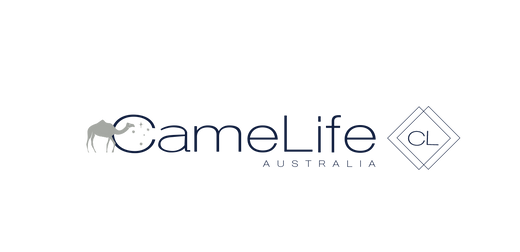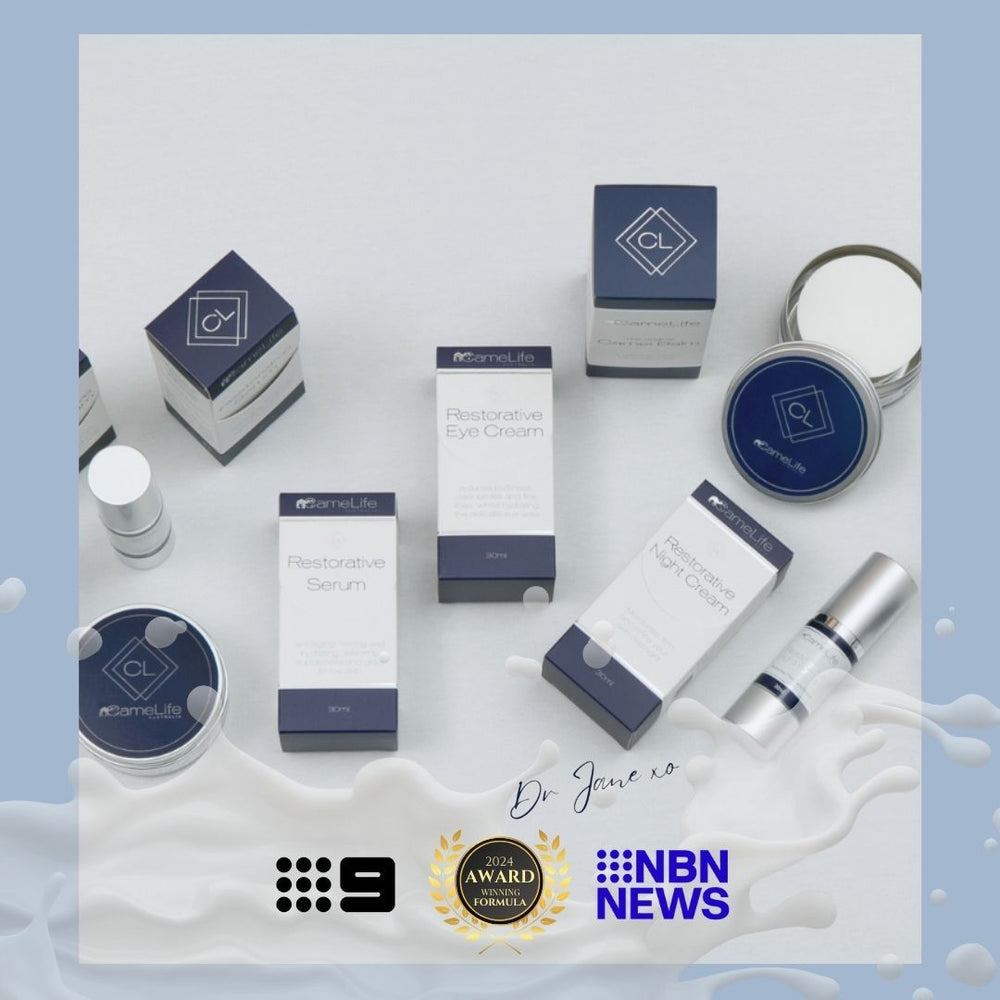The Ethics of Milking Camels

Should We Be Milking Camels?
We were chatting to a couple at Frenchs Forest yesterday who passionately argued that milking camels (and all mammals) is wrong because mammals only produce milk for their young. So are we exploiting these beautiful animals by milking them and using the milk to make cosmetics and treatments?
Australia’s Camel Problem
Australia has upwards of 450,000 feral camels, a population significantly reduced from its level a decade ago, when some estimates put the population at over 1.1 Million. Without control, the camel population would grow by around 10% annually. The Australian camel descends directly from the camels brought here during the 19th Century from Afghanistan and India to open up outback Australia, camels which were simply released into the wild when motor transport arrived.
Feral camels roam wild across outback Australia, competing for and dominating scarce food and water supplies. Being much larger than indigenous animals, they cause extensive damage to the fragile natural environment. Control methods are less than humane; feral camels are shot at water holes or herded together and slaughtered. Whilst there is a growing demand for camel meat for human consumption, much of the animal resource is wasted.
Dairy Camels
Meanwhile Australia’s small herds of dairy camels live a life of comparative luxury. Unlike feral camels, they have a plentiful supply of food and water. They live in herds in which only a fraction of animals are milked, because camels only produce milk when the calf is with the mother. Once the calf has weaned, the mother stops lactating and remains in the herd.
The females that are being milked are not stressed. The mother only lets down milk when the calf feeds; the calf starts feeding from one teat and the milk is drawn from the others. No-one is “steeling milk” meant for the calf; the mother is able to produce more than the calf demands because she is well fed, watered and happy. Unlike a cow, she doesn’t walk around with an uncomfortable full udder waiting to be milked, nor does she suffer if she isn’t milked. So the female camel cannot be exploited as a life-long production machine in the way that a cow is.
The Boys
We should discuss what happens to male calves. Unlike dairy cattle, where calves are removed from the mother within twelve hours of birth and slaughtered at 5 days old, camel calves of either sex have to remain with their mother until weaned for milk to be produced. But once weaned, juvenile males cannot remain with the herd into adulthood because the alpha bull will aggressively drive them away. One successful approach to managing this is to neuter the juvenile males and move them to cattle pastures, where they actively help to control weeds. But, for there to be a successful camel dairying industry in Australia, there really does need to be a meat industry using the males though. Surely slaughtering young adult males after they have been weaned is a lot more humane than slaughtering give day old cattle, plus it adds far more value to the supply chain.
Its Complex
So the ethics of dairying Australian camels and the use of camel milk for skincare and treatment is a lot more complex than first sight. The Australian feral camel issue has to be managed; surely it is better to ethically farm camels and enjoy the health benefits of using camel milk than to simply slaughter them?





Leave a comment